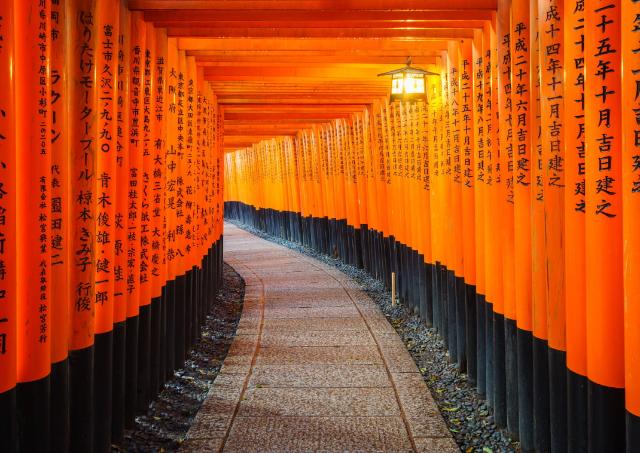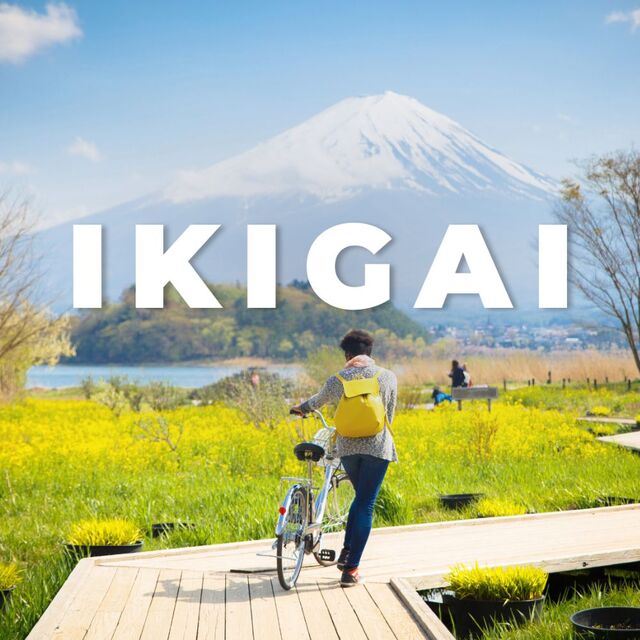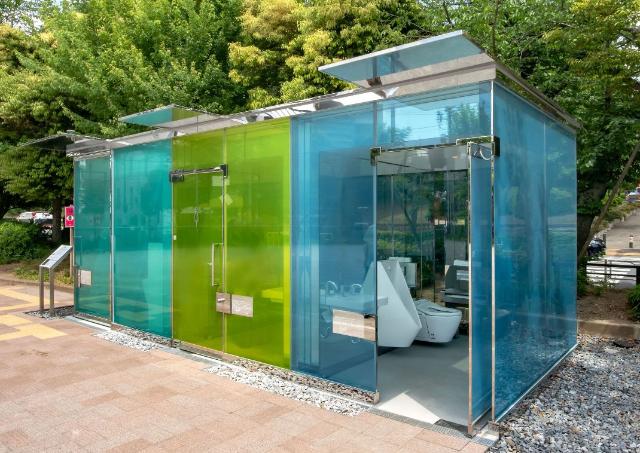10 Meaningful Souvenirs to Get in Japan
Souvenirs are a great reminder of a fun holiday, but you don’t want to bring home another boring keychain… So here are 10 Japanese souvenirs full of meaning!
Edo Kiriko
If you want a meaningful gift that you can use on special occasions, a set of Edo Kiriko glasses are a great option.
Tokyo was once called Edo, and “kiriko” means cut glass, so Edo Kiriko is a type of delicately cut glass specific to Tokyo. There are different types of glass and cut glass around Japan, but Edo Kiriko has its own unique style that makes it a special Tokyo souvenir.
It is mostly known for its bright blues and reds, but Edo Kiriko comes in all sorts of colours, and even without any colour at all. Buy a glass for you and your travel partner to remind yourself of your Japan adventure every time you take a sip from them!
Tenugui
If you are looking for something a little more budget friendly, a tenugui is a great option to decorate your home with. They’re also very light, so it’s easy to take home in a suitcase!
Tenugui means hand towel, but nice ones are often used as decoration. They can be used to wrap presents, wrap around your head, or used in combination with a special hanger to hang around the house as decoration. There is also a similar item called a furoshiki, which is usually square rather than rectangular.
You’ll find tenugui shops in department stores and in tourist spots, and most will also sell the hanging equipment along with it, if asked. Otherwise, you can frame it once you’re home.
Make your own pottery
Japan is known for its delightful ceramics and pottery, and while a Japan-made piece makes a good souvenir in itself, you can add extra emotional value to it by making one yourself.
Of course, you cannot make pottery in a single day, as it needs to be fired and glazed. But many pottery workshops catering to overseas visitors also make sure your piece is delivered to you with careful wrapping. You will be involved in one or two steps of the process, such as moulding or decorating, and the workshop will handle the rest, then deliver it to you once it is finished.
Make your own fake food
This one might sound strange to anyone who has yet to see the impressive food models outside a Japanese restaurant, but once you’ve seen one, you’ll understand the appeal!
These food models are incredibly realistic, and are made to show customers what food is on offer at a restaurant before committing to going inside.
There are a few places around Tokyo, and a few in some bigger cities like Osaka where you can make your own, from a small keychain to an entire plate of food. Instead of buying a generic keychain somewhere, why not make your favourite sushi your new backpack decoration?
Hakone Yosegi Zaiku and regional crafts
There are a lot of different areas around Japan that have their very own type of traditional craft, and one example of that is Hakone Yosegi Zaiku.
Hakone is a region known for its beautiful lake and mountains, but it is also known for its beautiful woodcraft, Yosegi Zaiku. The craft uses the natural colours of different trees, and brings them together in perfectly cut pieces to create intricate patterns for boxes, coasters, and decorative items.
This and Edo Kiriko above are just two examples of some exquisite, region-specific Japanese crafts. So, if you know you are going to different regions, make sure to do some research to find out if they have their own craft.
Omamori
Omamori are good luck charms that you can buy at shrines and temples around Japan. The word omamori comes from “mamoru”, meaning “to protect”.
Different shrines and temples will have different charms, and usually the larger the shrine or temple, the larger the selection is. Their meanings or luck can range from general financial luck to good luck with exams, and have different motifs and patterns.
Omamori usually have a small string attached to them, meaning you can bring your good luck with you wherever you go.
Goshuin
If you intend to visit a lot of shrines or temples during your visit to Japan, goshuin are a great way to commemorate each visit.
Goshuin are red seals with calligraphy, usually written by monks on site, that show you have been to that temple or shrine. There are often seasonal or special versions that are more decorative, depicting a notable aspect of that location.
You’ll also need a goshuin-cho, which is a book to hold your goshuin. Most larger temples and shrines sell both, with different designs. These days, the goshuin is usually sold as a separate piece of paper, rather than stamped and written directly into your goshuin. So even if you forget to bring it with you, you can still receive the piece of paper to stick in later.
A decorative fan
Handheld fans are an iconic part of Japanese culture, and finding one with a unique design makes for a great souvenir.
Japanese folding fans come in all sorts of price ranges, and can be used simply to cool down in the summer heat, or put on a stand as a decorative centrepiece. Folding fans often have a seasonal element to their design, which is most likely to be spring or summer. Cherry blossom designs are common on fans found in tourist spots, while other, more local spots may even depict something representative of the region, such as a bird or flower.
Personalised chopsticks
Chopsticks are often the first thought when it comes to Japanese souvenirs, but you may not realise that there are places where you can get them engraved with your name!
While it is not usually possible to get chopsticks engraved at a department store or regular souvenir shop, specialised chopstick shops like Hyozaemon in Tokyo will offer the service for an extra few hundred yen.
If you can’t find somewhere to personalise your chopsticks, you can always get a pair with a pretty sign, and combine them with a cute chopstick holder, too.
Regional food
Although this one won’t last as long as the others, in Japan the word omiyage, which means “souvenir”, is synonymous with food!
If you mention that you are buying an omiyage in Japan, everyone will assume you mean a small, shareable snack from the region you are visiting. That means that no matter where you go throughout the country, you’ll find food specific to the region. This can range from a simple, generic vanilla sugar cookie with a stamp of the region’s iconic building on it, to a delicious mochi cake made with vegetables or fruit the region prides itself on.
Food souvenirs are easiest to find at “michi no eki” (roadside stations), department stores, and large train stations.
Now that you know what souvenirs to pack, make sure you have room in your suitcase for them by only packing what you need using our Japan packing guide!




